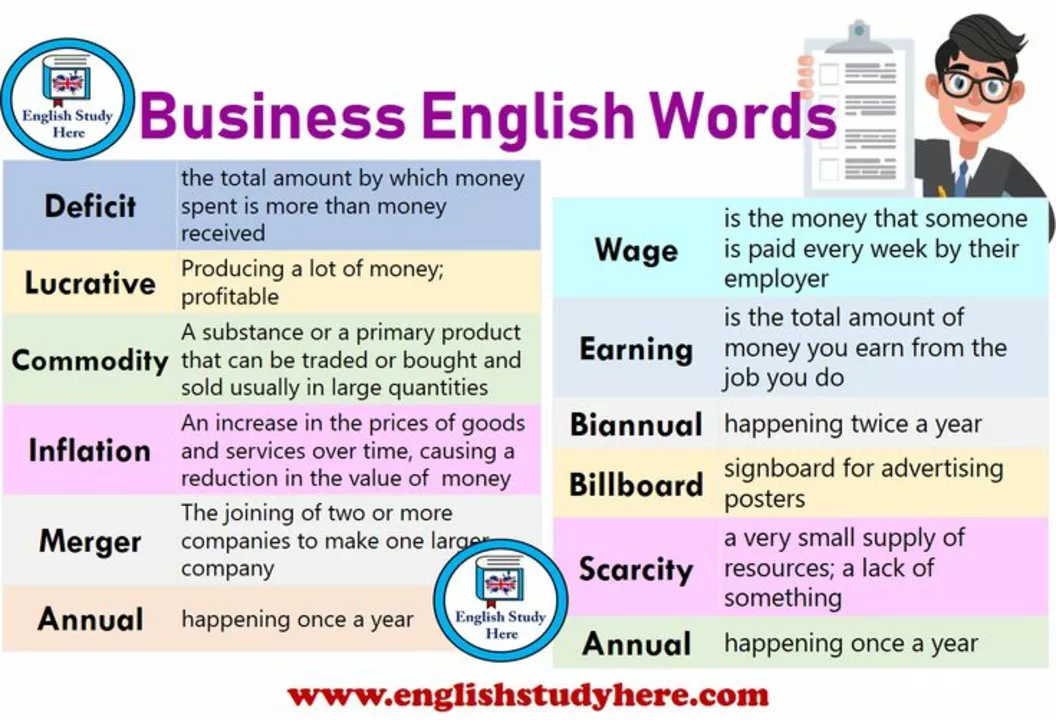Alternative Words – Easy Ways to Upgrade Your Language
Ever feel like you’re using the same words over and over? It happens to the best of us. Swapping a few common terms for fresh alternatives can make your sentences pop without a lot of effort. Below you’ll find straight‑forward ideas you can start using right now.
Why Use Alternative Words?
Variety keeps readers interested. When you repeat "big" or "important" too often, the impact fades. A well‑chosen synonym grabs attention and shows you know your stuff. It also helps you avoid sounding robotic, especially in emails, reports, or blog posts where personality matters.
Another win: alternative words can fine‑tune meaning. "Happy" and "joyful" both signal a good mood, but "elated" adds extra intensity. Choosing the right shade of meaning makes your message clearer and more persuasive.
How to Find the Right Alternative
Start with a simple thesaurus lookup, but don’t stop there. Look at the definition, then ask yourself if the nuance fits your context. For example, "smart" works for a clever idea, but "savvy" feels better when you talk about business skills.
Read a sentence aloud after swapping the word. If it flows naturally, you’ve likely hit the mark. If it sounds forced, try a different option or keep the original. The goal is to sound smooth, not stuffed.
Here are a few quick swaps you can copy‑paste into your next draft:
- big → large, massive, huge, substantial
- important → crucial, vital, essential, key
- good → great, excellent, solid, favorable
- quick → fast, swift, rapid, prompt
- help → assist, support, aid, guide
Notice how each alternative adds a subtle twist. Pick the one that matches the tone you want – casual, professional, or upbeat.
If you’re stuck, try the "replace and test" method: write your sentence, replace the target word with three different synonyms, then read each version. The one that feels most natural wins.
One more tip: keep a personal cheat sheet. Jot down favorite alternatives for words you use a lot. Over time you’ll build a handy reference that speeds up writing and keeps your language fresh.
Finally, remember that clarity beats cleverness. If a synonym makes the sentence harder to understand, stick with the simpler term. The purpose of alternative words is to enhance, not confuse.
Try swapping just one word in your next email or blog post. You’ll see how a tiny change can make a big difference in how readers respond.
